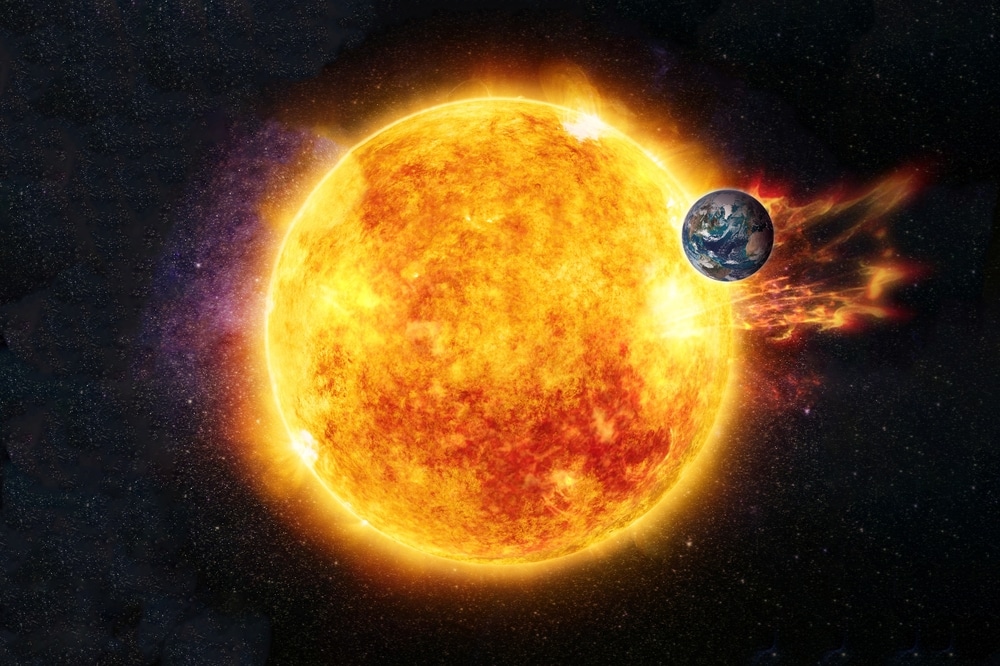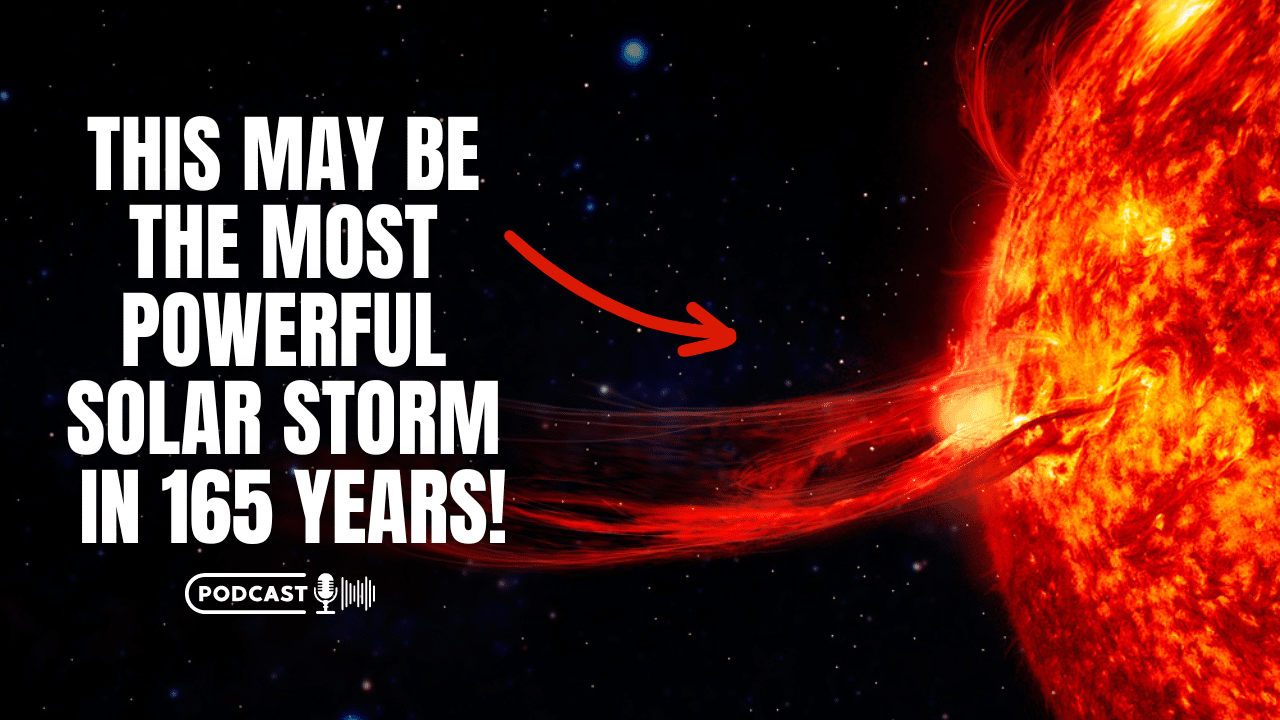On Halloween night, an astonishing astronomical event took place that highlighted the incredible and sometimes terrifying dynamics of our closest star – the sun.
A massive solar eruption resulted in a 62,000-mile-long “canyon of fire” carved into the sun’s surface, a spectacular occurrence that was captured by NASA’s Solar Dynamics Observatory.
The eruption was so vast that the valley it created on the solar surface was more than twice as wide as the contiguous United States and seven times longer than Earth itself.
NASA’s footage shows an immense plume of plasma erupting from the sun, forming a filament on the southeastern limb that rapidly expanded and then burst, hurling electrified.
This phenomenon was the result of sunspot AR3477 unleashing an M flare, which has the potential to cause brief radio blackouts in Earth’s polar regions. The dimensions of this fiery canyon were staggering, measuring approximately 6,200 miles wide and stretching to an enormous 62,000 miles in length.
The plume’s sheer size was enough to be observed from Mars by NASA’s Perseverance rover, despite the Red Planet being 145.59 million miles away from the solar chaos.
Notably, the formation of this “canyon of fire” coincides with the sun approaching its phase of solar maximum, a period of particularly intense solar activity that occurs roughly every 11 years.
The event was preceded by the growth of a solar prominence – a loop of magnetized plasma – in the sun’s southern hemisphere. This prominence became unstable and eventually broke away, racing into space and leaving a gaping, canyon-like hole in the sun’s superhot plasma surface.


















